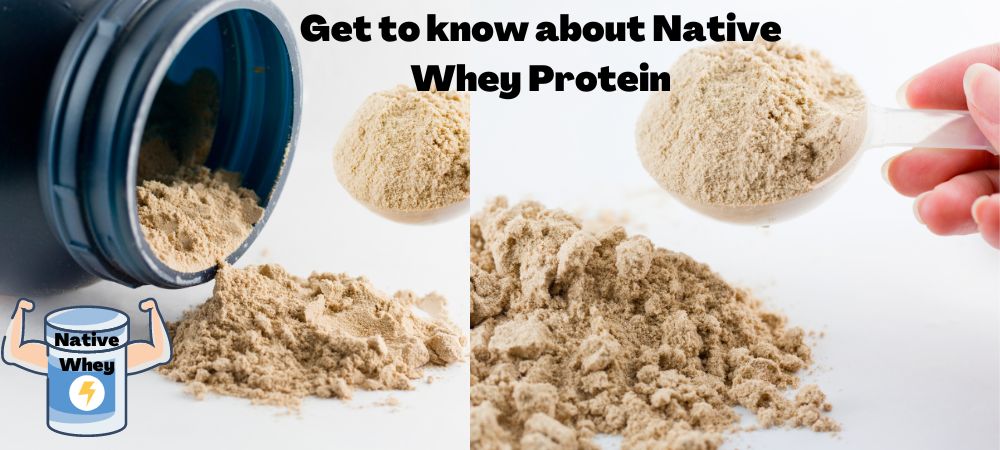Cheese is a beloved dairy-based culinary delight that is enjoyed worldwide. It is primarily known for its unique flavors, textures, and plenty of essential nutrients. However, there are different varieties of cheeses, among which aged cheese contains more significant taste and flavor. But you may wonder what is aged cheese? And how is it different from its younger varieties? This article will explore the details, the delightful process, the benefits of aged cheese, and the secrets behind this flavorful product.
What is aged cheese? Definition and Difference
Aged cheese is a type of cheese that is left for ripening and transformation for an extended period of time. This may include the aging of cheese from several weeks to several months or even years.
Generally, when the cheese is aged, it will result in losing moisture. Thus, more aging time means harder cheese as compared to younger and fresh cheese (1).
To better understand aged cheese, let’s further explore cheese making procedure.
Understanding cheese aging: cheesemaking procedure
The process of cheese making involves the separation of curds from the whey, followed by collecting and further processing of these curds.
Typically, cheesemaking involves steps as follows (2, 3):
Milk Preparation
Firstly, pasteurized or unpasteurized milk is standardized, and its protein-to-fat ratio is adjusted according to the type of cheese being made.
Acidification
In this step, a starter culture is added to acidify the milk. Starter culture is actually the preparation of a large number of microbes, intentionally used to assist the start of the fermentation process. The function of a starter culture is to convert milk sugar (lactose) into acid (i.e., lactic acid).
Curdle and Coagulation
Then, the texture of milk is transformed into solid from liquid by curdling. This is usually achieved by adding an enzyme known as rennet to speed up the process of cheesemaking. Eventually, whey, a liquid by-product, is separated from curds.
The separated curds and whey are then fermented until a large, coagulated product is formed, which is cut to pieces. This process enables the more separation of whey from curds.
Further processing and Whey separation
This step involves a combination of methods, including cooking and stirring. The ultimate purpose is to separate more curds from the whey and to dry the cheese. The remaining whey is drained, resulting in solid pieces of curds. Sometimes, extra steps of cheddaring are required to remove extra moisture.
Salting and Shaping
Salt is added by cheese makers for flavouring. Some herbs or spices like garlic and basil can also be added depending on the type of cheese. Finally, the finished product is shaped with the help of molds. These molds can have different shapes depending on the final product.
Aging of Cheese
In the end, cheese industries move towards aging process. The aging of cheese is achieved by placing it in a cool and controlled environment for a specific period, ranging from several days to years. Aging helps in molecular changes to further make the hardened cheese. It is also beneficial for intensifying and developing the unique color, taste, and flavor of cheese.
Main difference between fresh and aged cheese:
The aged cheese contains less lactose content as compared to fresh cheese. The aging process enables more complex, concentrated, and rich flavor.
Since aged cheese loses more moisture, it usually has a harder texture which makes it better for adding flavour. On the other hand, younger or fresh cheeses are soft and good for melting. Aging time determines the type of cheese and helps improve flavor, texture, color, and overall quality.
There are various aged cheeses available in the markets. Some popular aged cheeses include:
- Cheddar cheese
- Gouda
- Parmigiano-Reggiano or Parmesan
- Gruyère
- Manchego
- Asiago
- Swiss
Examples of fresh cheeses include:
- Ricotta
- Goat cheese
- Mozzarella
- Cream Cheese
- Mascarpone
The type of cheese is determined by time, temperature, environment, and conditions in which curds are kept.
Interesting fact: Cheese production has a history of about 8000 years. Currently, there are over 1000 types of cheese varieties worldwide (3).
Top 10 Health Benefits of aged cheese
When it comes to aged cheeses, they provide various health benefits. We have compiled a significant advantage for you. Here are the top 10 advantages of aged cheese.
- Cheeses are a great source of essential nutrients, including calcium, fat, vitamins, protein, zinc, and phosphorus.
- The calcium content in cheese is good for bones and teeth health and maintaining blood pressure (4).
- Some fatty acids, like conjugated linolenic acid, in cheese are helpful in preventing obesity and heart disease.
- It is also known that fatty acids from aged cheeses exhibit anti-inflammation activities (5).
- Research has also found some antioxidants in cheese, which are essential to brain health and protect neurons. Antioxidants properties can also provide short-term protection against the negative effect of sodium (6).
- It is also known that fermented dairy products like cheese can be beneficial for boosting healthy gut bacteria.
- Aged cheeses are a good source to get beneficial probiotics. This can also positively affect cholesterol levels in the human body.
- Overall, including aged cheese in your diet can assist in maintaining a balanced gut environment and support overall digestive health.
- The significance of protein in cheese (7g per ounce) assists in building and repairing cells. However, the recommended protein intake varies from person to person.
- Among the cheeses, the aged cheeses are known to contain a lesser amount of lactose due to longer periods of ripening. Therefore, people with low lactose intolerance can move towards aged and low-lactose cheeses if they want to enjoy this unique product.
Best ways to eat aged cheese
If you are a cheese lover, you may be seeking ways to consume cheese. The aged cheeses are being consumed in different ways than younger ones. Fresh cheeses are great for melting and thus can be used for grilled cheese, nachos, or even soups. However, aged cheeses have robust flavor and texture, which enable their use for various culinary creativity.
Aged cheeses are a good choice as topping or garnish. For instance, you can enjoy parmesan cheese as a topping on saucy pasta or vegetable salad. Even such hard cheeses would be great looking on garlic bread.
The unique flavor of cheddar cheese can be used as a pairing with chutney or jam. Similarly, aged cheddar can be utilized along with various soups, warm grain dishes as well as green salads.
You can also try eating hard cheeses with dried fruits like cherries and figs. Even various nuts can be tried with cheeses. Such aged cheeses could pair well with biscuits, crackers, and appetizers.
There are various recipes where aged cheeses are melted down through heat to enjoy their tangy, creamy, and sticky properties. Still, everyone has their own taste, so you can try using aged cheeses for your own unique recipes.
Health risks of consuming aged cheeses
Despite having various benefits, aged cheeses should be consumed in moderation. It is needed to know about the potential risk associated with their consumption.
Typically, cheeses are high in calories, depending on the varieties. So, you may be consuming 100 calories with just one ounce of cheese.
Cheeses have significant amounts of fat, including saturated fatty acids, which are known for increasing the risk of high blood pressure and cardiovascular diseases.
According to an estimate, one ounce of cheddar cheese contains 120 calories and 6g of saturated fats (7). It must be noted that a high intake of saturated fats would cause obesity, heart problems, and even diabetes. Similarly, a good amount of sodium is present in cheeses which can cause high blood pressure.
All dairy products, including cheeses, have lactose which makes their consumption difficult for people with lactose intolerance. Hard or aged cheeses can be eaten easily in moderation by intolerant people due to their low lactose content. Still, people with more sensitivity toward even low lactose must avoid any kind of lactose-filled products.
There are some people who are allergic to milk and dairy products, so they are unable to enjoy cheeses. If consumed, such people face various disorders and health complications. Milk proteins, especially casein, are the common allergic-causing agent. So, if you are a dairy allergic person, you must avoid consuming cheeses.
There are other non-dairy options available for people with lactose intolerance or milk allergy.
Final Summary
Aged cheeses are quality cheese that is made by giving appropriate aging time and is delightful to the senses. They have reduced lactose content, excellent nutritional profile, and antioxidant properties and can potentially exert positive health effects. However, if you are allergic to dairy proteins, it is necessary to avoid them. Older cheeses are an excellent addition to your balanced diet plan. Remember to eat in moderation and enjoy the unique flavor of the cheese in a variety of dishes. Don’t forget to consult with your nutritionist to enjoy cheeses in your daily meal better.





